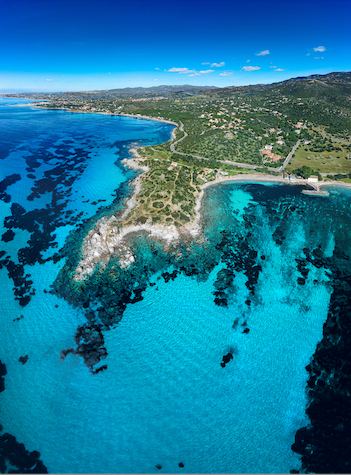Speaker
Description
The design of a new DC/DC power converter capable of being integrated with a detector is described. It works in harsh environment and can supply up to 170 W per channel. Up to four modules, each one equipped with 8 channels, can be accommodated in a water-cooled compact crate with a small volume of 24 dm^3. Its electrical, environmental and thermal performance is detailed here.
Summary (500 words)
The increase in the number of readout channels in new detectors, like the Micro Pattern Gas Detectors (MPGD), in the order of several millions, requires a large amount of electrical power to supply the Front-End (FE) electronics, up to hundreds kW. If this power is generated at long distances from the detector, the voltage drop on the connection cables puts a serious constraint to the maximum supply current, to the wire cross-section and to the power distribution. Furthermore, a large amount of voltage drop on the cables determines regulation and overvoltage issues on the load in case of current transients, and an increased power dissipation on wire resistance.
To mitigate these problems, a new generation DC/DC converter, working in a heavily hostile environment and with a power density greater than 200 W/dm^3, was developed. It is modular, with up to 4 independent modules, 8 channels each, collected in a water-cooled crate, and can supply the load with an adjustable 10 to 12 V output up to 170 W per channel.
In this contribution, the design constraints of such a converter are analysed, taking as a basis the environmental, electrical and mechanical requirements of the ATLAS New Small Wheel (NSW) project.
Thermal considerations require the converter to be water cooled, and the dimensional constraints impose the adoption of an innovative design to convey the dissipated heat towards the heat exchanger.
The control and monitoring system allows the full remote management of the converter.
Main electrical parameters were measured and are reported here. The converter was also characterised in a harsh working environment, with radiation tests in the CERN CHARM facility beyond the limits estimated for 10 years operation in ATLAS, and with B-field tests in various orientations, using different magnets at CERN up to 1.3 T.
Two design improvements were implemented after the first characterization: a better common mode noise filtering and an optimization of the switching stage. Final performance measurements after the modifications are also reported.
